Lawn Aerating
Core aeration is a cultural practice consisting of pulling 2”–3” cores out of the lawn and underlying soil. Core aeration offers several benefits for home lawns including reducing soil compaction, enhanced turfgrass growth, helping limit the development of diseases, and can also help control thatch.
Soil compaction can severely restrict turfgrass growth. Traffic in the lawn is the primary contributor to soil compaction, and includes traffic from human activity, pet runs, construction, vehicles, and even heavy rain.
Compacted soils tend to hold more water, while also inhibiting water infiltration into the soil and percolation of water through the soil. Reducing water infiltration into the soil leads to water runoff and in turn increased soil erosion on sloped areas, while on level/low areas it promotes standing water. When compacted soils dry out during drought conditions or in under irrigated areas, the soil will be hard to re-wet because of the poor water infiltration. This leads to shallow root systems and a lawn that is prone to drought stress easily.
Compaction also leads to poor drainage. During times of continuous rainfall or in over irrigated areas, the soil remains wet, leading to a decline in turf health due to a lack of soil oxygen and disease pressure.
Lawns with compacted soils will eventually weaken over time, making them less capable to compete with weeds and slow to recover from injury. If left unattended, a compacted lawn may require a full renovation.
Thatch is the layer of dead plant material that lies between the soil and the grass itself. Core aeration increases the activity of microorganisms that feed on this thatch, and the cores left behind introduce those microorganisms to the top of the thatch layer.
When removing the cores, the tines also cut the grasses roots, rhizomes, and stolons, which stimulate the grass to produce new shoots and roots, leading to a denser, healthier lawn.
Warm-season grasses are best aerified in late spring and summer, when they areactively growing. Try to choose a day when the temperatures are mild, and the soil is moist, making the soil easier to penetrate.
